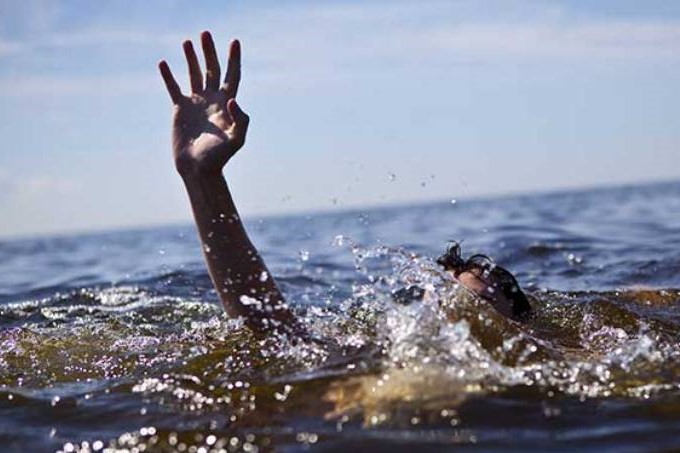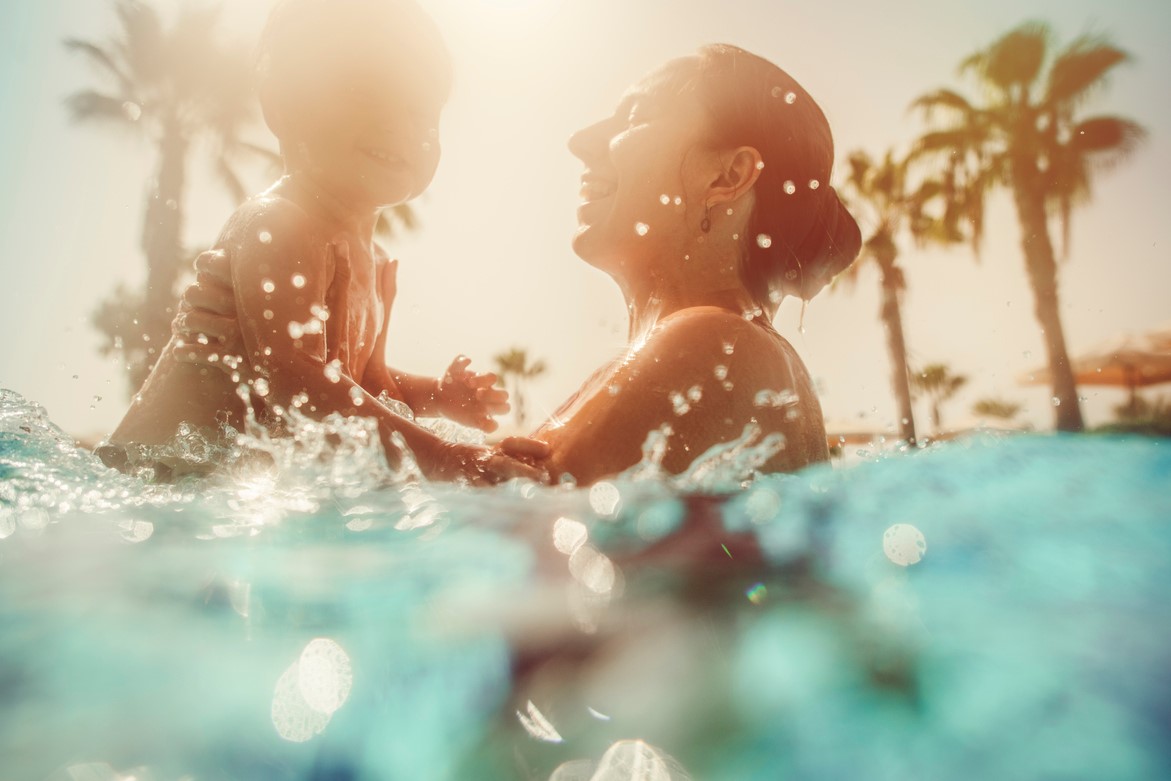
Dry and secondary drowning: meaning, symptoms and prevention
The term ‘drowning’ is often associated with death by suffocation in water. However, few people are aware that drowning can also occur several days after a water accident, from which one had apparently saved oneself, perhaps thanks to the timely rescue of a lifeguard and cardiopulmonary resuscitation
This can happen in dry drowning and secondary drowning, which can be considered fatal complications of drowning, which are insidious because they are little known and underestimated, especially when they involve children.
Unlike ‘classic’ drowning, in which death may occur due to asphyxia triggered by the penetration of water into the airways and ‘laryngospasm’ (i.e. the closing of the epiglottis), in secondary drowning death is caused by the ‘stagnation’ in the lungs of a small amount of water that has penetrated during drowning; In dry drowning, on the other hand, death may occur due to asphyxia caused by abnormal laryngospasm in the absence of fluid stagnation.
Both types are particularly dangerous when the ‘primary’ drowning has involved children, infants and babies.
Secondary drowning
It may seem absurd to die of drowning at home, perhaps in one’s own bed, several days after a dramatic event from which one had apparently escaped, yet this is precisely what happens in secondary drowning, which is caused by the accumulation of water deposited in the lungs.
At first, pulmonary oedema does not cause any particular problems, but after a few hours or even a few days, it can cause death.
It is important to remember that chlorinated swimming pool water contains many chemical compounds: if they are ingested and remain in the lungs, they cause irritation and inflammation, especially in the bronchi.
Finally, remember that, from a microbiological point of view, inhaling fresh water is particularly dangerous because of the high possibility of ingesting viruses, bacteria and other pathogens.
Generally, victims of secondary drowning tend to feel tired, experience drowsiness and are sometimes in a state of confusion, often accompanied by vomiting and coughing.
These are a series of symptoms that are almost always considered ‘normal’ because they are mistaken for symptoms related to a post-traumatic ‘shock’.
In reality, they are instead the body’s reaction to a small amount of water infiltrating the lungs, which can enter even after a simple dip in the pool. Death can occur even after several days, due to acute respiratory failure.
Dry drowning
Dry drowning occurs due to a spasm of the larynx (laryngospasm), which is a mechanism that the body implements during a true drowning: it blocks the passage of the upper airways to prevent water from entering the lungs, however, this prevents the passage of air.
In dry drowning, the body and brain mistakenly ‘feel’ that water is about to enter through the airway, so they cause the larynx to spasm in order to close it and prevent the hypothetical entry of liquid, which, however, also causes air not to enter the body, sometimes leading to death by drowning without being immersed in water.
Unlike secondary drowning (which can occur even several days after the accident), dry drowning can result in acute respiratory failure and death after a shorter time than primary drowning.
Prevention
To prevent drowning itself and its complications, such as those seen in the article you are reading, it is important to remember some simple but very important tips:
- even if a child (or adult) drowning victim is saved at the event, it is important to take him or her immediately to the emergency room;
- never let children out of your sight at the beach, lake, swimming pool or even in the bath;
- teach children how to swim as soon as possible;
- teach children how to plug their mouths and noses when in the water;
- do not underestimate symptoms such as lethargy, tiredness, changes in behaviour or other abnormal signs, even several days after drowning.
Read Also:
Emergency Live Even More…Live: Download The New Free App Of Your Newspaper For IOS And Android
Drowning Resuscitation For Surfers
ERC 2018 – Nefeli Saves Lives In Greece
First Aid In Drowning Children, New Intervention Modality Suggestion
Water Rescue Dogs: How Are They Trained?
Drowning Prevention And Water Rescue: The Rip Current
RLSS UK Deploys Innovative Technologies And The Use Of Drones To Support Water Rescues / VIDEO
Summer And High Temperatures: Dehydration In Paramedics And First Responders
First Aid: Initial And Hospital Treatment Of Drowning Victims
First Aid For Dehydration: Knowing How To Respond To A Situation Not Necessarily Related To The Heat
Children At Risk Of Heat-Related Illnesses In Hot Weather: Here’s What To Do
Summer Heat And Thrombosis: Risks And Prevention



